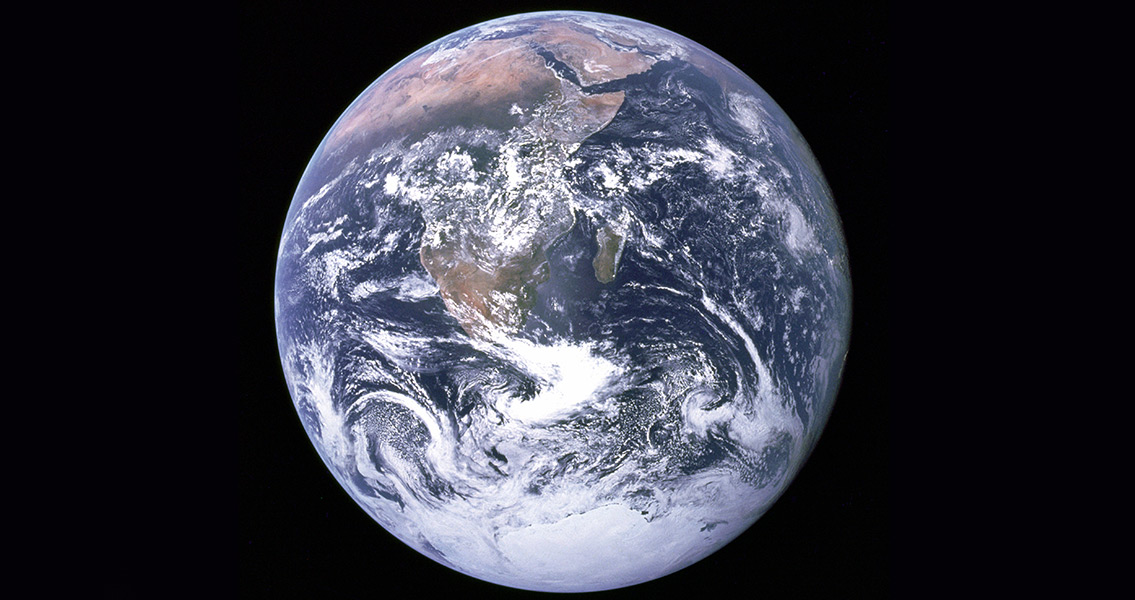<![CDATA[Geochemists from the University of California, Los Angeles, have found evidence that life on earth started 300 million years earlier than previously thought. Previous research suggested that life on the planet started 3.8 billion years ago. The new study argues that it in fact started at least 4.1 billion years ago, shortly after the planet's formation 4.54 billion years ago. "Life on Earth may have started almost instantaneously", Mark Harrison, a co-author of the study and professor of Geochemistry at UCLA, said in a press release. "With the right ingredients, life seems to form very quickly." Studying the history of life on earth is dependent on the planet's rock record. Unfortunately, this means that scientific analysis is restricted by the evidence at scientists' disposal. Microfossil records only cover the period up to 3.5 billion years ago, the chemofossil record to 3.8 billion years ago, and the rock record to 4.0 billion years ago. Because the rock record does not stretch back beyond 4 billion years ago, any analysis of life prior to that date is dependent on mineral grains deposited in later sediments. For their study, the team of researchers, led by post-doctoral scholar from Harrison's laboratory Elizabeth Bell, analysed 10,000 zircons formed from molten rocks and magma in Western Australia. Heavy, durable minerals related to the synthetic cubic zirconium used in imitation diamonds, zircons capture their immediate environment. As such, they can serve as valuable time capsules for geologists studying the history of our planet. 656 zircons were revealed to contain dark specks, arousing the scientists' suspicion. 79 of those zircons were then analysed with Raman spectroscopy, a technique used to create 3-D maps of the chemical and molecular structure of ancient organisms. The scientists were searching for carbon - the key component of life. "From a population of over 10,000 Jack Hills zircons, we identified one >3.8-Ga zircon that contains primary graphite inclusions”, states the study. The presence of graphite – pure carbon – is hugely significant. The zircon was completely crack free until the scientists opened it, meaning the carbon could not have come from contamination during another geological process. The distinctive signature of the carbon contained in the zircon, a specific ratio of carbon -13 and carbon 12, is one typically associated with the presence of photosynthetic life, giving an insight into the complexity of the organisms that might have existed over 4 billion years ago. “There is no better case of a primary inclusion in a mineral ever documented, and nobody has offered a plausible alternative explanation for graphite of non-biological origin into a zircon”, Harrison said in the UCLA press release. The ratio of uranium to lead in the zircon told the scientists that the zircon was 4.1 billion years old. The graphite must be older than the zircon itself, but it is impossible to determine exactly how much older. The results of the study, which has been published in the Proceedings of the National Academy of Science, could have far reaching consequences for the understanding not just of the development of life, but the history of the planet in general. It’s traditionally believed that around 4 billion years ago the world was a boiling, molten, hellish place. As Harrison explained in the UCLA press release, this assumption now seems increasingly unlikely, “The planet was probably much more like it is today than previously thought.” For more information: www.pnas.org]]>
Life on Earth Started Much Earlier Than Thought
